Pick Your Poison: How Mavs Are Attacking Suns' Defense
The Dallas Mavericks hope to build on the momentum they established against the Phoenix Suns in their two wins at the American Airlines Center.
Getting off a strong start has been essential in the Mavericks' wins in this series. A key factor in doing so has been the adjustments made using different actions out of their base sets like Stack pick-and-roll to open things up.
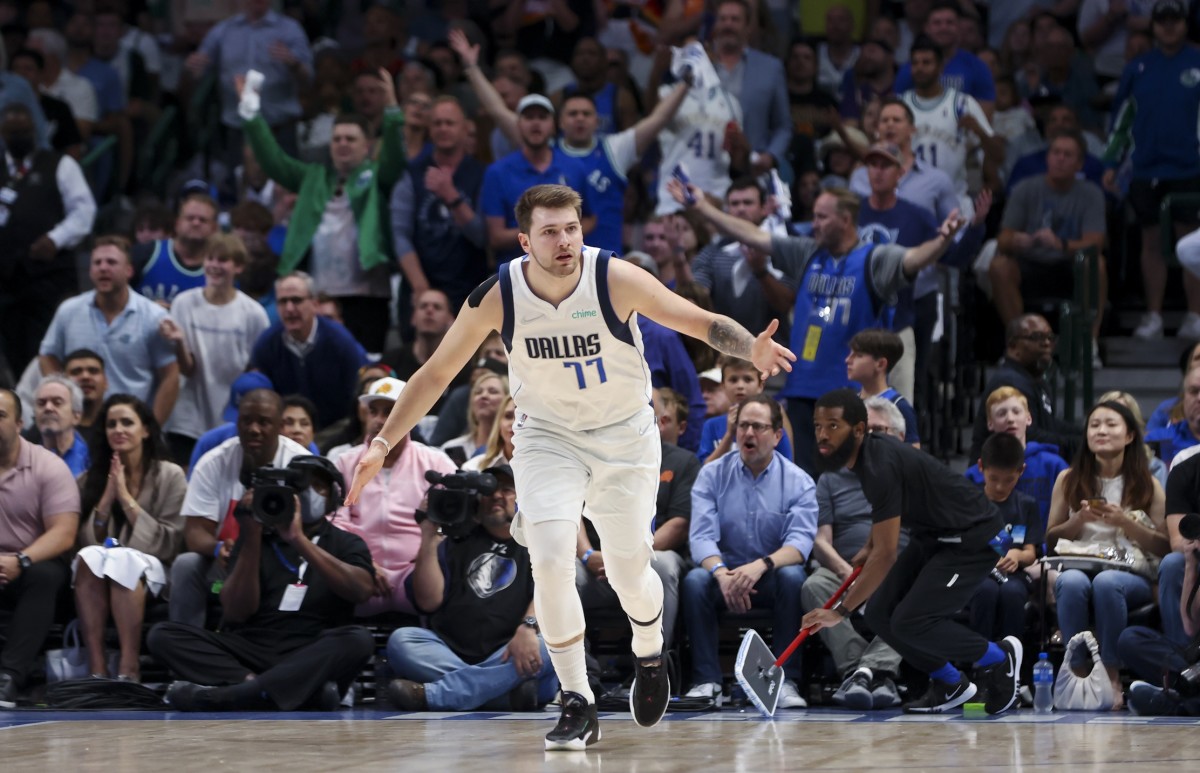
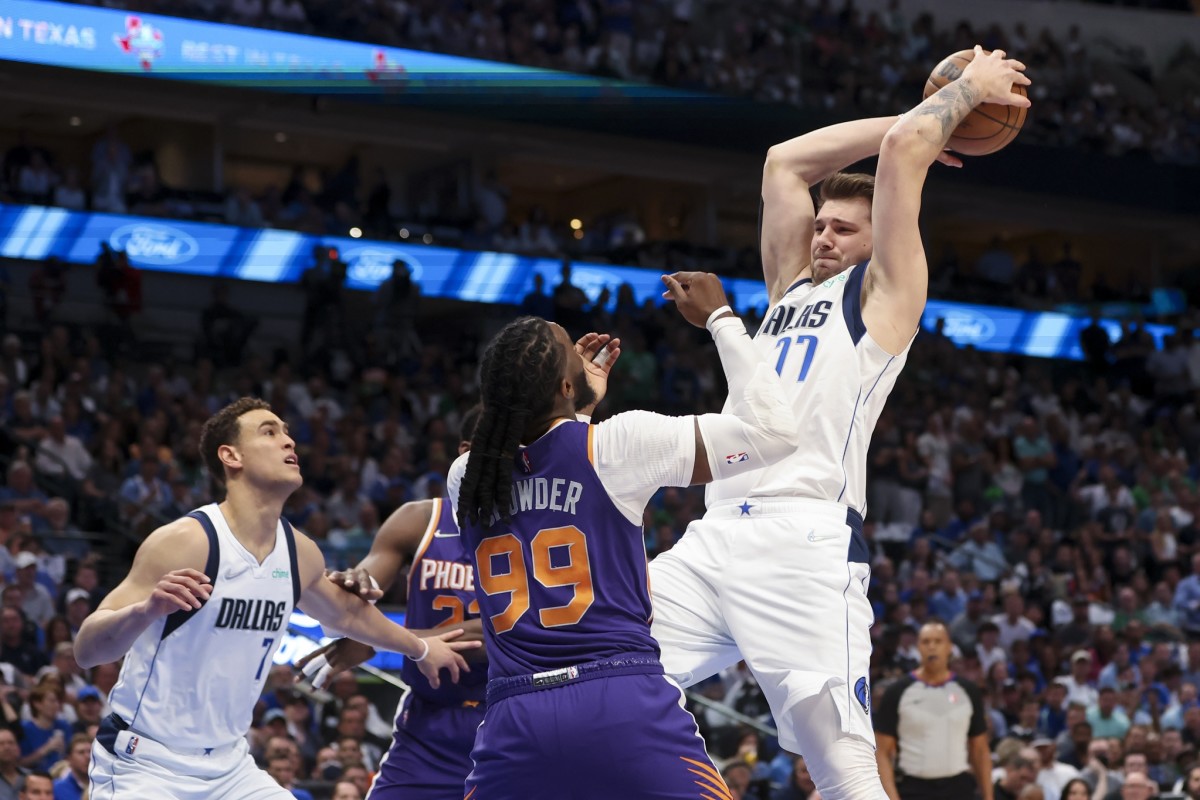
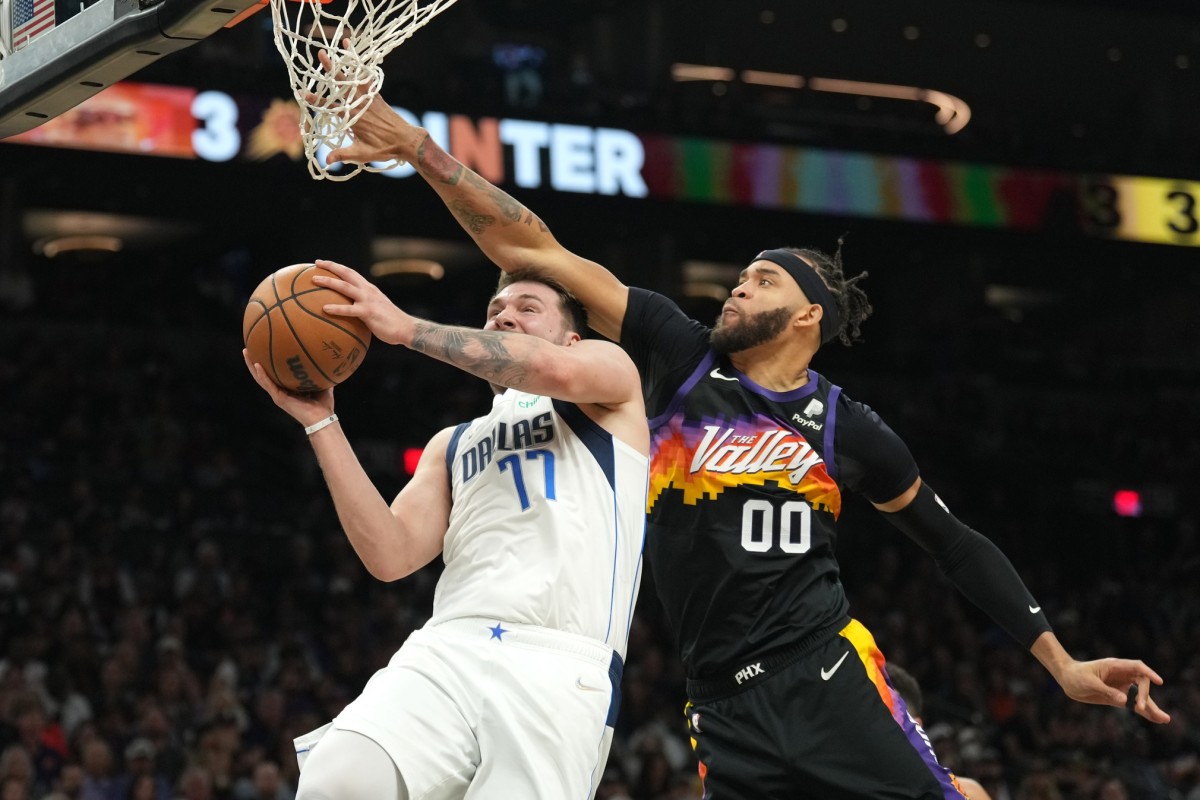
Instead of using the same basic back-screen for a rim roll with the screener flaring out, they've gotten creative knowing the Suns will switch off the back-screener. Paul is commonly the primary defender on Reggie Bullock to help reduce his workload. Paul making the switch off the back-screen early in the series bottled up this set.
In Game 3, the Mavericks opted to use Stack pick-and-roll to get into a side ball screen for Jalen Brunson against a favorable matchup on the weak side. After his struggles early in the series, there was a clear emphasis on getting him going early.
In Game 4, the Mavericks had Bullock run out to the corner knowing that Paul would switch onto Doncic and Ayton would stay in the paint to anchor the defense. As a result, Phoenix no longer knew what they were guarding — causing a breakdown.
When an offense has a superstar that commands such heavy defensive attention as Doncic does, there are ways to take advantage. The Mavericks have emphasized accepting the extra ball pressure at the nail in favor of using cutting to draw tags and create passing windows.
The Mavericks have made it a point to use multiple ball screens to force a switch they want. Whether it's Deandre Ayton or Chris Paul making the switch, Doncic has been patient to draw the extra ball pressure to get the ball to an open teammate to attack a defense that is playing out of rotation.
Whether it's Doncic or Brunson, getting by the initial on-ball defender from the top of the key has helped the Mavericks to fully take advantage of their shooting capabilities with five-out lineups. The low-man has to react and even if happens for a split second, it's enough to generate a corner 3.
Using off-ball activity to create cracks in the Suns' defense has been a helpful tactic from the Mavericks, too. It starts with Doncic drawing a switch he wants on the perimeter with a guard setting a ball screen.
After the switch occurs, he collapses the defense and with Ayton as the low-man, he gets the Rudy Gobert treatment giving up a corner 3. All while that occurs, a cutter from the baseline fills the corner, a 45-cut draws a tag, and Doncic makes a masterful passing read.
There's been a focus from the Mavericks to create opportunities to attack the middle of the floor to force the defense to collapse — similar to their approach against the Utah Jazz in the previous series. Brunson did so often in Game 3 and it exposed a weak point that became a focal point to attack in Game 4.
The Suns ended up having to pick their poison between helping off shooters and giving up a drive, or leaving the shooter and being at risk of giving up 3s. While not as dramatic as the Jazz series, the floor spacing on isolations on switches has been taken advantage of by Doncic throughout games.
With the defense loading up on Doncic heavily when he has the ball out on the perimeter, posting him up has become a more prevalent strategy. Against smaller defenders, Doncic was able to capitalize using his size to set up drop steps since there hasn't been a defender pre-rotated to be ready to help.
Another intriguing wrinkle of half-court offense the Mavericks displayed in Game 4 was to use their Horns set to draw a switch by using a shooting threat as the ball screener. Doing so allowed Brunson to get to a mid-range jumper in isolation.
The Suns will surely look to get creative to combat the Mavericks' offensive adjustments. However, there are still fundamental limitations to having a traditional big trying to guard a five-out offense with Doncic and Brunson.
Phoenix may need to work all that much harder on defense to deny soft switches out on the perimeter since Doncic and Brunson are both crafty enough guards where they're going to break down favorable matchups. Attempting to force the ball out of their hands becomes a challenge with the spacing the Mavericks have, too.
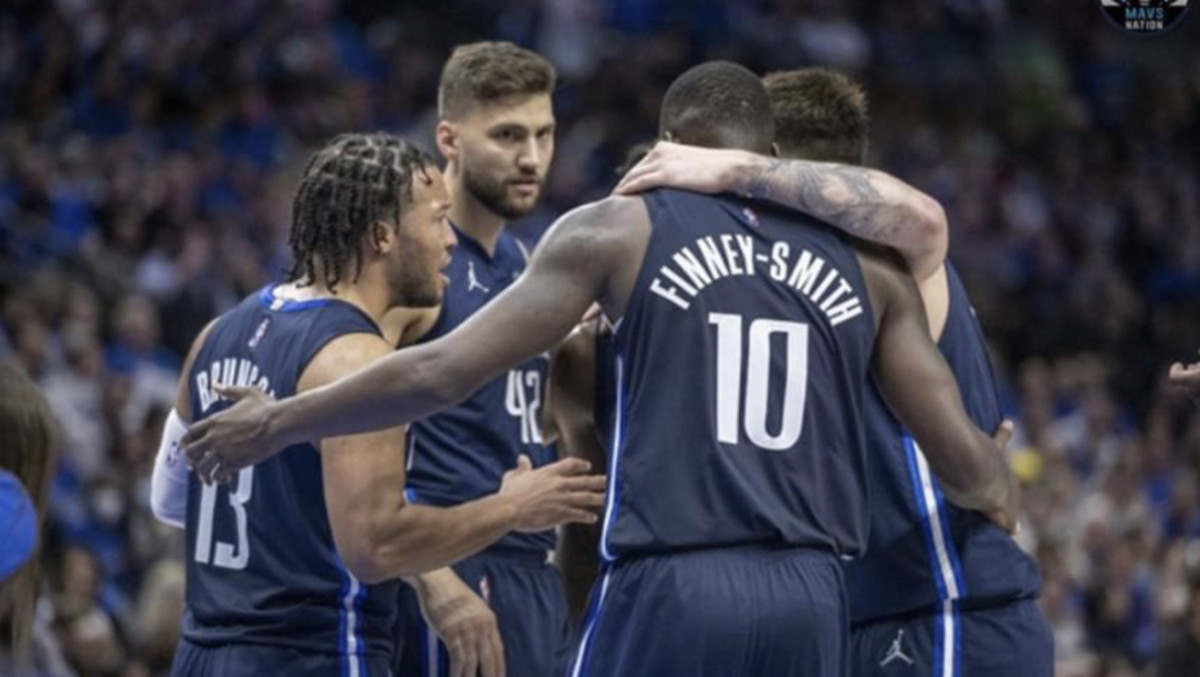
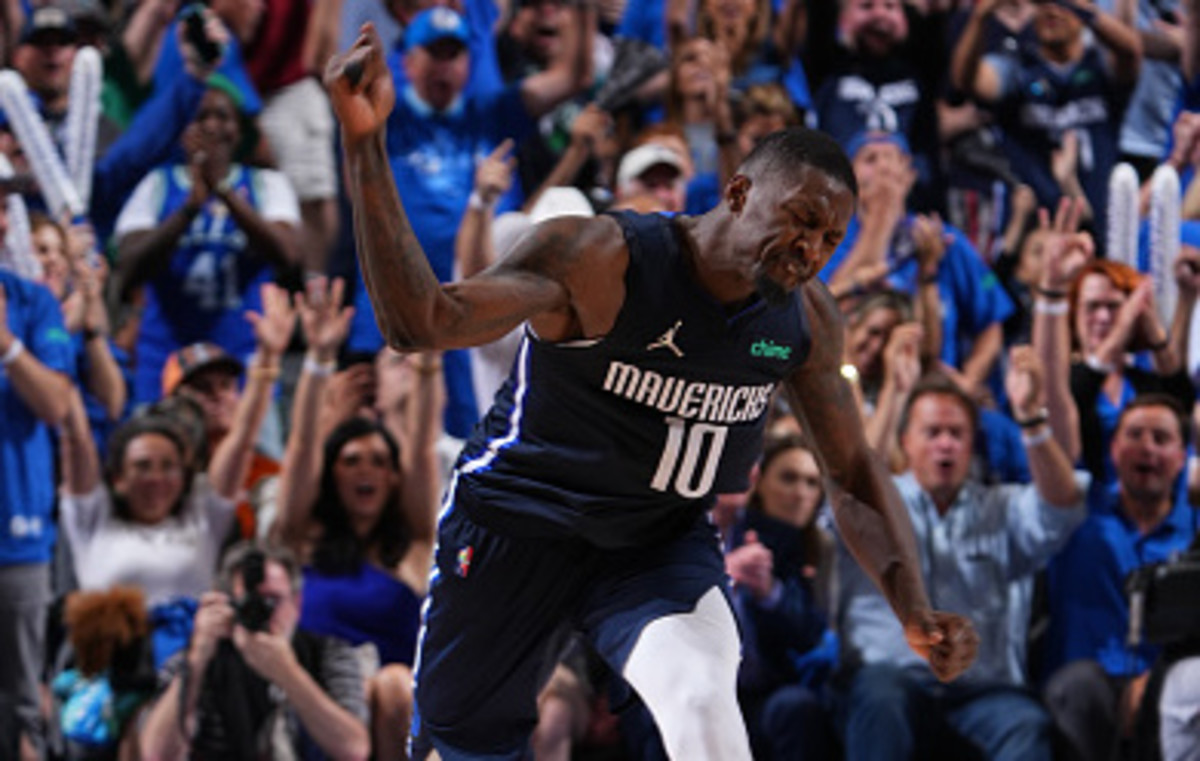
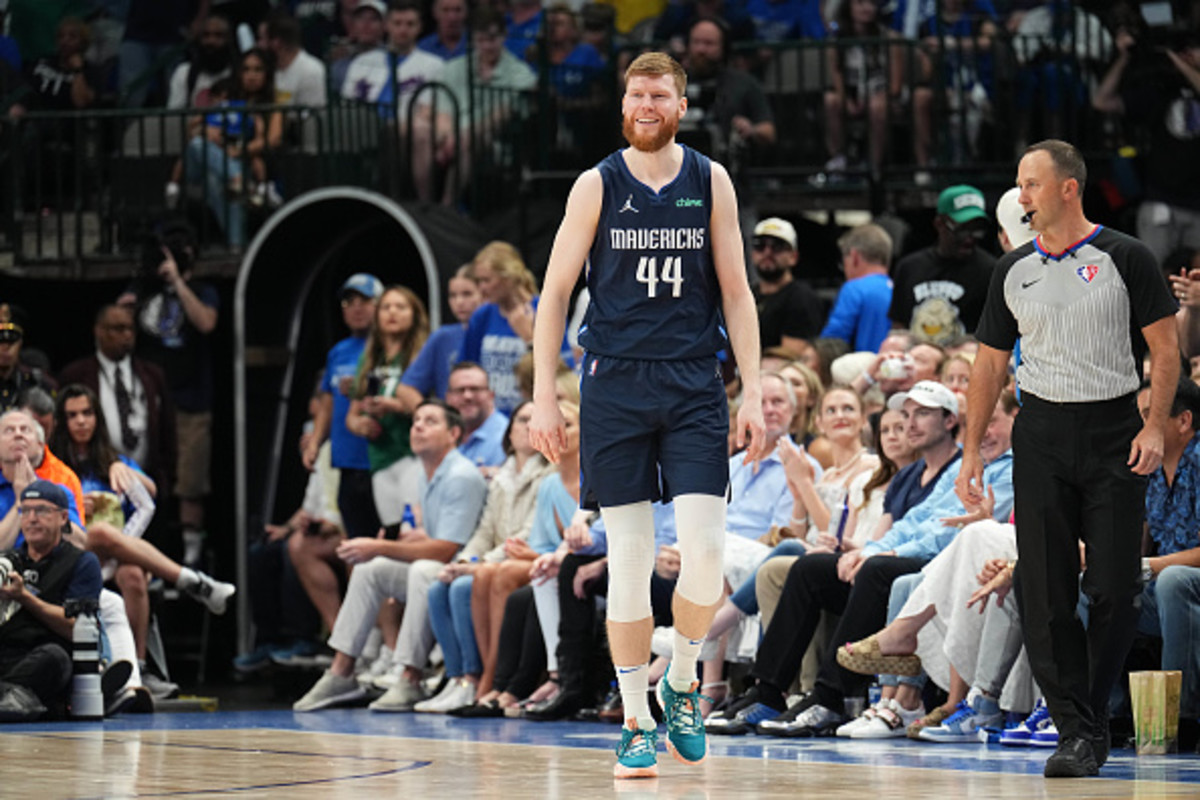
There's been no answer for Doncic overall in this series from the Suns' defense. He's averaging 33.0 points, 9.3 rebounds, and 8.8 assists through four games. When Brunson has even reached the 15-point mark, Dallas has won. Both players tend to just need space and a rhythm to operate.
A key to it all for the Mavericks is role players continuing to make the defense pay for them giving them time to get their shot off. Any defense is going to naturally start gravitating toward preventing those looks — opening the floor for the top players in the unit to go to work.
If history has anything to offer for the Mavericks' outlook for Game 5, they enter the game being by as one of the most efficient road 3-point shooting team in the playoffs — converting at a 39.7 percent clip.
The stakes are high for both teams entering Game 5. for the Mavericks, they know winning a game in Phoenix is a must. Heading back to Dallas with a win would carry a lot of momentum to potentially close it out in Game 6.
